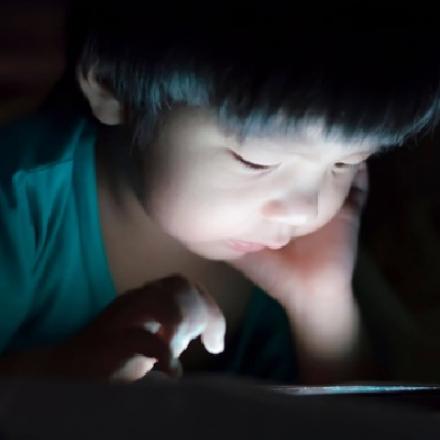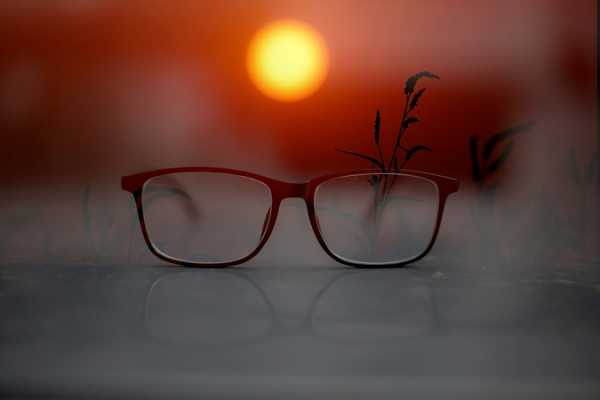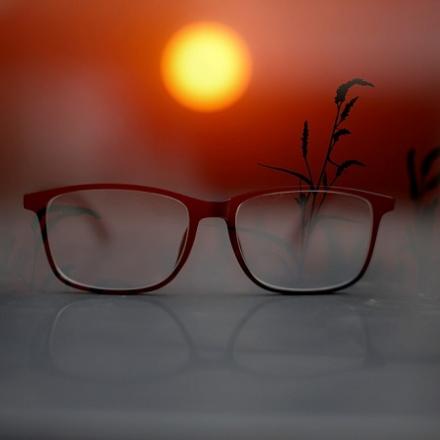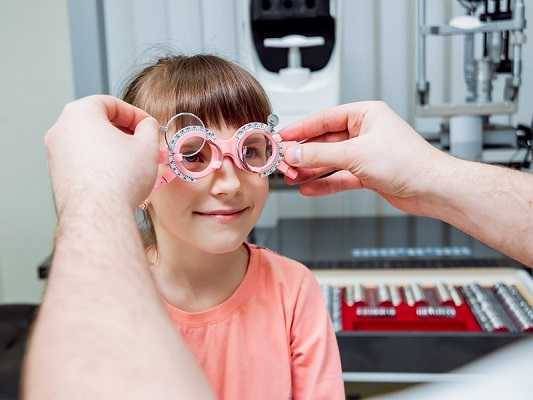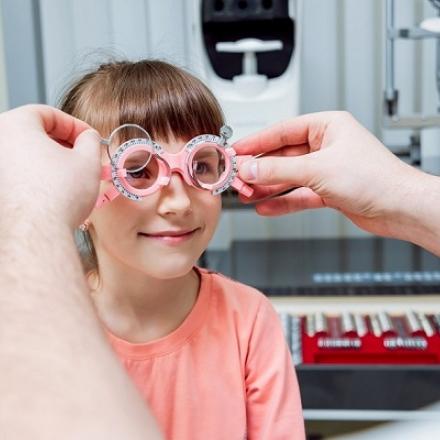
Causes of Myopia in Kids
Myopia, or nearsightedness, is a common vision problem that affects children and adults. It occurs when the eye is longer or the cornea, the clear front part of the eye, is too curved, causing light to focus incorrectly on the retina, the light-sensitive tissue at the back of the eye. This results in blurry vision when looking at distant objects, but normal or near-normal vision when looking at close objects.
There are several potential causes of myopia in children:
Genetics
Myopia tends to run in families, so children may be more likely to develop it if one or both parents are myopic.
Environmental factors
There is evidence to suggest that environmental factors may play a role in the development of myopia in children.
Some of these factors include:
High levels of near work: Children who spend a lot of time reading, studying, or using screens may be more likely to develop myopia because these activities require close-up focusing, which can contribute to the elongation of the eye and the development of myopia.
Limited outdoor time: There is some evidence to suggest that physical activity may be linked to the development and progression of myopia.
Here are a few ways physical activity may be related to myopia:
Reduced risk of myopia: Some studies have suggested that children who are more physically active may be less likely to develop myopia. This may be because physical activity increases blood flow to the eye and helps maintain healthy eye development.
Slowing the progression of myopia: In children who already have myopia, regular physical activity may help slow the progression of the condition. It's important to note that more research is needed to fully understand the relationship between physical activity and myopia, and it's not clear exactly how much physical activity is needed to have an effect on myopia. However, regular physical activity is generally beneficial for overall health, so it's a good idea for children to be physically active on a regular basis..
Lack of physical activity: Children who are physically inactive may be more likely to develop myopia, possibly due to reduced blood flow to the eye.
Nutrient deficiencies: There is some evidence to suggest that certain vitamins and nutrients may play a role in the development and progression of myopia.
Here are a few examples:
Vitamin D: Some research has suggested that low levels of vitamin D may be associated with an increased risk of myopia. Vitamin D is important for bone health and may also play a role in eye health.
Omega-3 fatty acids: Omega-3 fatty acids are essential fats that are important for overall health, including eye health. Some studies have suggested that children who have higher levels of omega-3 fatty acids in their diet may be less likely to develop myopia.
Antioxidants: Antioxidants are substances that protect the body's cells from damage caused by free radicals. Some research has suggested that antioxidants, such as lutein and zeaxanthin, may help protect against the development and progression of myopia.
It's important to note that more research is needed to fully understand the role of vitamins and nutrients in myopia, and it's not clear if supplements can prevent or treat myopia. It's always a good idea to get your nutrients from a varied and balanced diet rather than relying on supplements.
Developmental factors
Children who are nearsighted at a young age are more likely to become more nearsighted as they grow and their eyes continue to develop.
Other medical conditions
Children with certain medical conditions, such as diabetes or high blood pressure, may be more prone to developing myopia. It's important to have your child's eyesight checked regularly by an eye doctor, as early detection and treatment of myopia can help prevent further vision loss.





